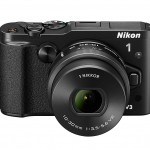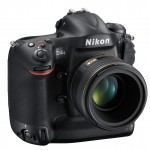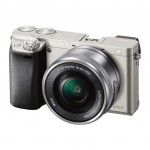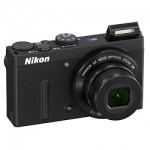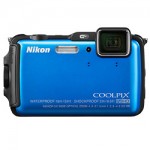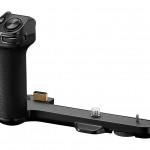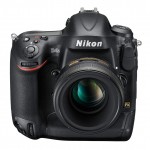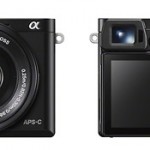noise is the one downside to the smaller ccds used in prosumer digitals as opposed to a dslr.. u cannot use high ISO numbers without it creeping in..
basically if u want to keep the noise to a minimum u use a low ISO setting.. its a trade off tween light and noise.. noise is at excepatble levels in most cameras at ISO 100 or 80.. start to go above that and it creaps in...
its also not as simple as just looking for noise.. some cameras use an anti-noise factor in the way the image is produced .. again there is a trade off.. the noise is less visible but the image gets blurred...
kodak for example use an aggressive anti-noise factor.. less visible noise but images that lose their sharpness.. when u compare a kodak image for sharpness with say the FZ20 image they are not on the same planet..
again noise shows up the most in "low exposure" shots.. those tending towards the under exposed side.. shadows for instance.. in well lit shots it wont show up that badly.. the term "signal to noise" comes to mind like it does with HI-fi..
its a shame that ccd makers havnt gone for a "less noise approach" as opposed to the "more mega pixel appraoch".. but as long as mega pixels sell cameras noise will continue to be a problem on small ccd cameras..
mind u grain was a problem with film.. and they solved that by turning a fault/flaw into an artform.. pretty much like happened with limited depth of focus which in truth is a flaw.. with lenses.. the perfect lense would have unlimited depth of focus which was never possible..
trog100




 LinkBack URL
LinkBack URL About LinkBacks
About LinkBacks



 Reply With Quote
Reply With Quote
